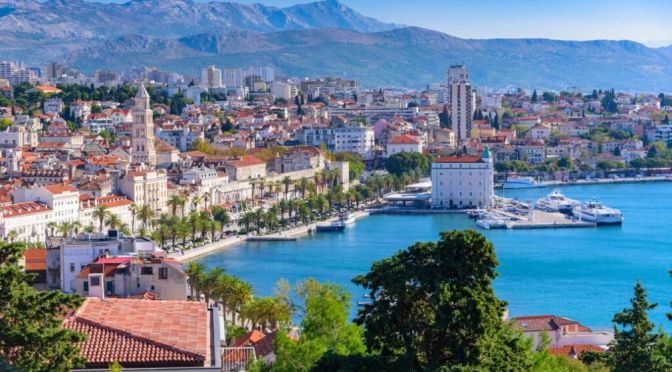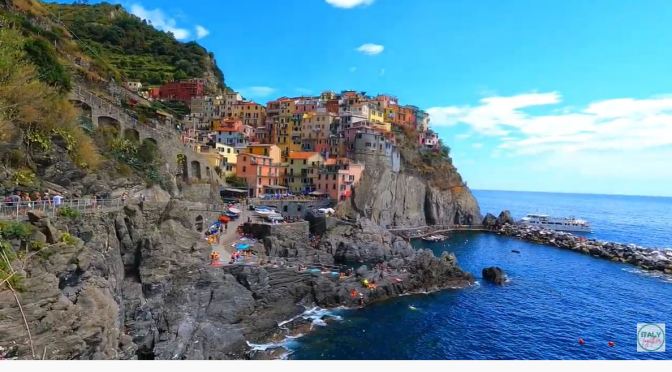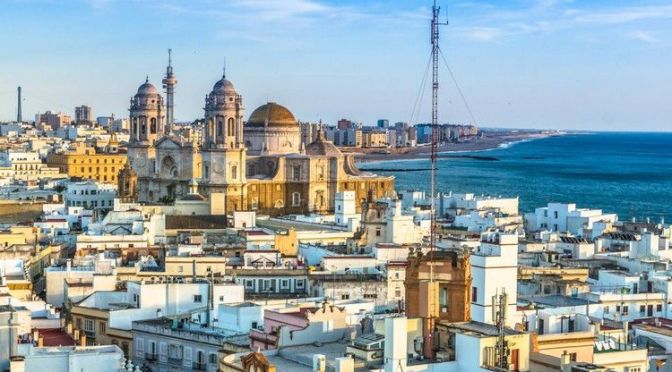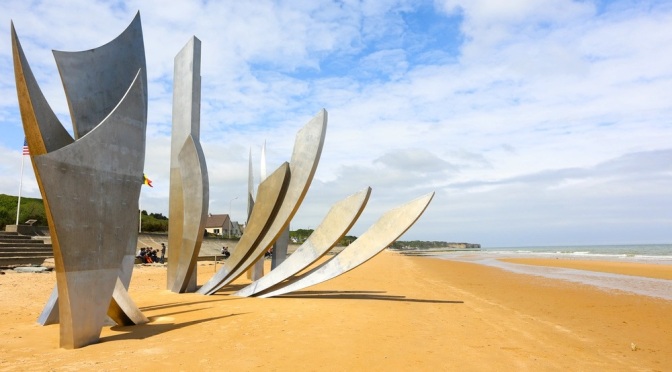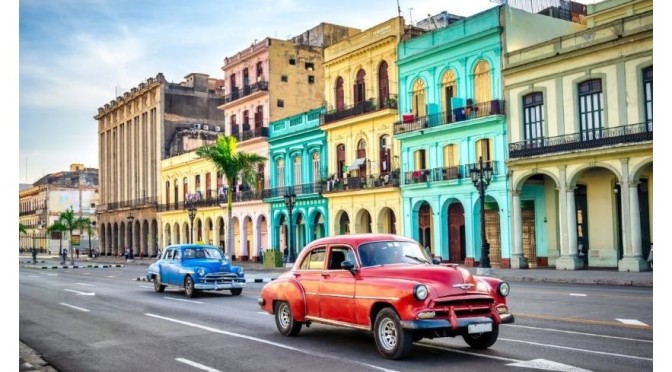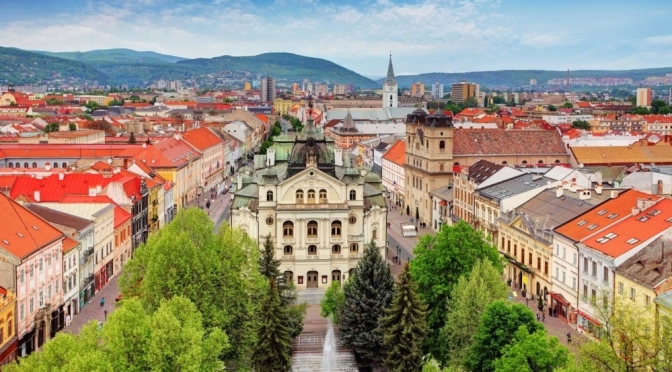Split, Italian Spalato, seaport, resort, and chief city of Dalmatia, southern Croatia. It is situated on a peninsula in the Adriatic Sea with a deep, sheltered harbour on the south side.
A major commercial and transportation centre, the city is best known for the ruins of the Palace of Diocletian (built 295–305 CE). Collectively with the historic royal residences, fortifications, and churches in the city, the palace was designated a UNESCO World Heritage site in 1979.
Video timeline: 0:00 Drone intro and Map 2:15 Matejuška Port 4:39 Trumbiceva Obala 6:40 Riva Promenade 12:11 Ferry Terminal 20:11 Marmontova Ulica 21:33 Fish Market 26:35 Ulica kralja Tomislava 30:20 Golden Gate & Gregory of Nin 32:41 Hrvojeva Ulica 33:56 Silver Gate 37:15 Riva Promenade 40:01 Trg Brace Radic (Fruit Square) 42:35 Narodna trg (People’s Square) 49:21 The One-time Convent of Santa Maria de Taurello 54:51 Morpurgova Poljana 57:24 Trg braće Radić (Fruit Square) 58:26 The remains of the Church of St. Michael 1:04:37 Peristyle Court 1:05:41 Vestibul 1:14:35 Triclinium (Diocletian’s Dining Room) 1:20:40 Diocletian’s Mausoleum & Cathedral 1:25:56 Undergound Market 1:31:59 Hrvojeva Street Market 1:32:39 Green Market 1:37:21 Silver Gate 1:41:02 Iron Gate 1:41:55 Narodni trg (People’s Square) 1:46:20 Golden Gate 1:52:21 Carrarina Poljana 1:57:03 Peristyle Square 1:58:11 Temple of Jupiter 1:59:05 Let Me Pass Lane 2:01:50 Trg braće Radić (Fruit Square) 2:03:04 Riva Promenade 2:06:24 Platz der Republik 2:08:13 Marmontova Ulica 2:11:48 Matošića Ulica 2:14:10 Ulica ban Mladenova 2:16:01 Senjska Ulica 2:20:34 Prva vidilica na Marjanu 2:29:01 Seaside Promenade

